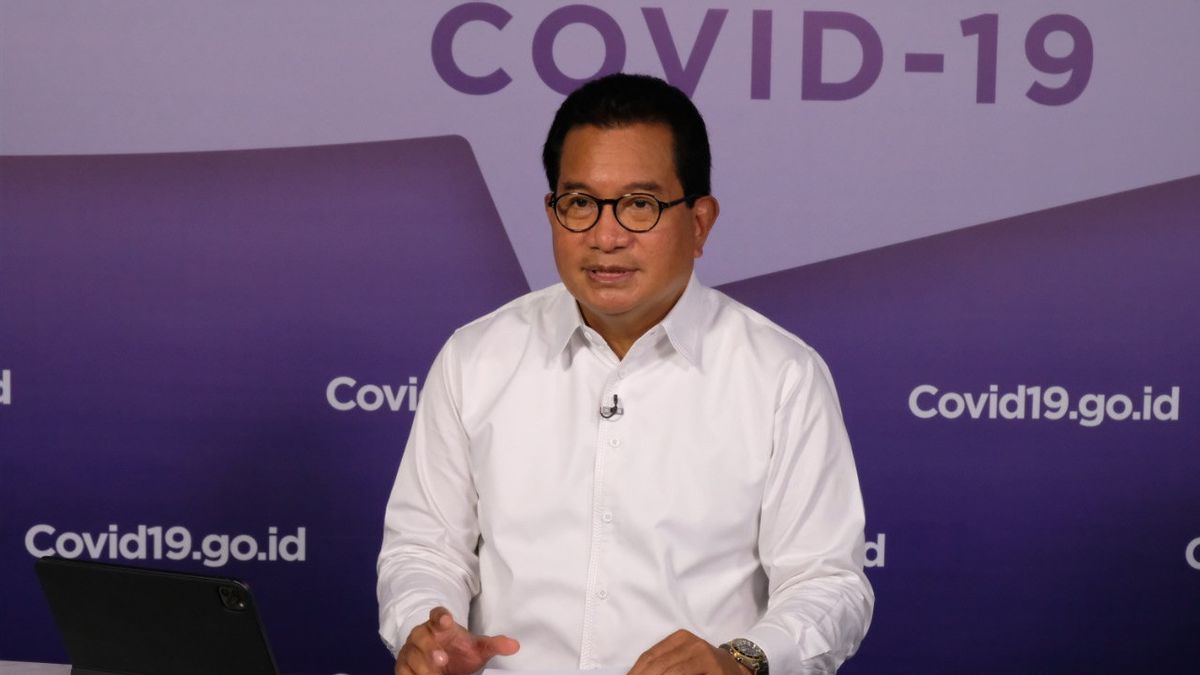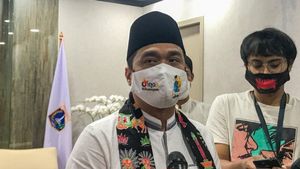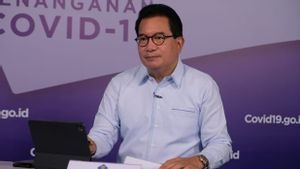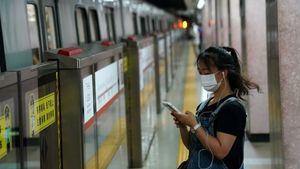JAKARTA - Spokesperson for the Task Force for Handling COVID-19, Wiku Adisasmito, said there was a significant increase in neighborhoods (RT) with green zone criteria.
Wiku said, the number of neighborhoods in a zone without COVID-19 cases increased by up to 600 percent during the implementation of micro-scale community activity restrictions (PPKM) in Java, Bali, East Kalimantan, South Sulawesi, and North Sumatra.
"For 4 weeks, it shows better development. The number of green zones has increased significantly from the previous 817 neighborhoods per February 14, 2021, to 5.772 neighborhoods as of March 7, 2021, or an increase of more than 600 percent", Wiku said in a YouTube broadcast of the Presidential Secretariat, Tuesday, March 16th.
Meanwhile, neighborhoods in the red zone or high-risk zone for COVID-19 had increased in the second week of monitoring, from 13 to 17 RT. Then, the third and fourth week of monitoring as of March 7, leaving 3 neighborhoods in the red zone.
SEE ALSO:
Wiku said DI Yogyakarta was the province with the greenest zones in micro-scale PPKM, which amounted to 2.139 neighborhoods. Followed by West Java with 1.156 neighborhoods and Banten with 842 neighborhoods.
Wiku said that the micro-scale PPKM observations in 10 provinces with high cases were collected in the United Against COVID-19 (BLC) dashboard.
"Observation of zoning at the neighborhood level is one of the references in seeing the risk of an area more quickly, accurately, and on target. Because it directly points to the center of COVID-19 transmission. The difference with the risk zoning map at the district/city level is more macro and broad", he explained.
He continued, the positive results obtained have become the basis for the government to develop the implementation of Micro-scale PPKM in other provinces that have a large number of active cases.
"So, the active cases can be controlled properly", he concluded.
The English, Chinese, Japanese, Arabic, and French versions are automatically generated by the AI. So there may still be inaccuracies in translating, please always see Indonesian as our main language. (system supported by DigitalSiber.id)














